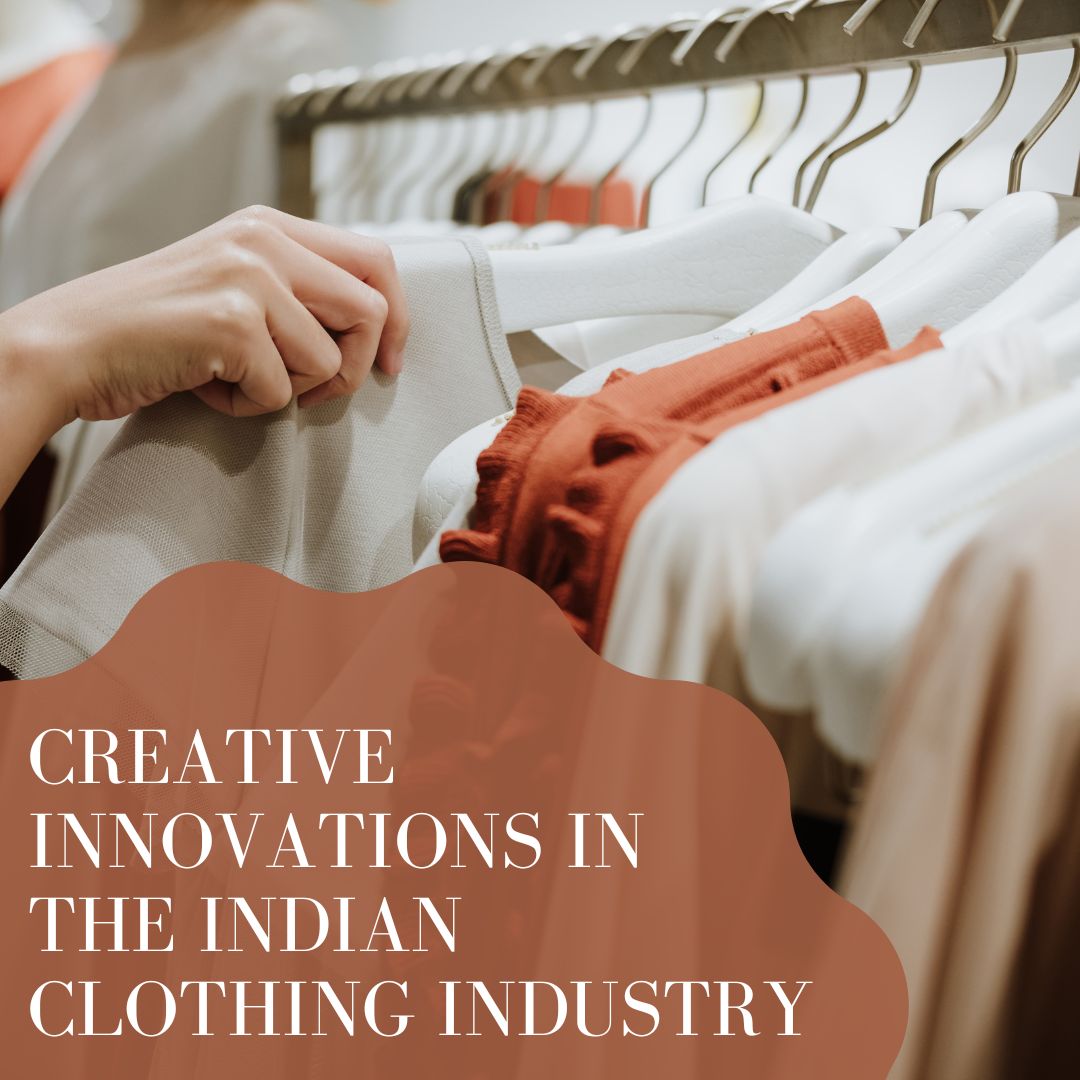Top 5 Tips to Excel in a Fashion Merchandising Course
Develop Professional Communication for Industry Interactions Professional communication is the bedrock of success in fashion merchandising. To excel, you need to be clear, concise, and persuasive. Whether you’re drafting emails, making phone calls, or meeting with industry professionals, your aim should be to articulate your ideas effectively. Tailor your communication […]
ICF’s Unique Approach to Fashion Merchandising Education: Blending Theory with Real-World Application
In an industry as vibrant and ever evolving as fashion, the ability to anticipate trends and understand the intricacies of bringing them to market is invaluable. This is where fashion merchandising plays a critical role in the bridge between creativity and commerce. The innovative approach of ICF to fashion merchandising […]
Fashion Merchandising: Creating an Impactful Retail Experience
Fashion merchandising is the art of creating a retail experience that engages customers and showcases fashion products in a visually appealing manner. It is a crucial component of the fashion business since it aids fashion brands in developing a unique brand identity and a memorable and impactful shopping experience for […]
Exploring the Latest Trends and Innovations in the Fashion Industry
Fashion design represents an ongoing creative process that consistently adapts to shifting consumer tastes and technological advancements. As we embark on a new era of fashion, designers rigorously explore cutting-edge trends and innovations to develop distinctive and captivating design concepts that resonate with consumers. The fashion industry is wholeheartedly adopting […]
The Art and Science of Fashion Merchandising
Fashion merchandising is the art and science of selling clothes and accessories by combining creativity and analytical skills. Fashion merchandisers use their knowledge of fashion, marketing, and business to develop and promote products that meet the needs of consumers. We will explore the art and science of fashion merchandising, including […]
The Secrets to Achieving Success as a Fashion Entrepreneur
Becoming a successful fashion entrepreneur requires a lot of commitment, imagination, and hard work in the extremely competitive fashion industry. If you want to start a fashion business, you undoubtedly want to know what it takes to succeed. There isn’t a one-size-fits-all recipe for success, but a few essential components […]
CREATIVE INNOVATIONS IN THE INDIAN CLOTHING INDUSTRY
The Indian clothing industry is one of the world’s most vibrant, creative, and evolving industries. From traditional Indian garments to contemporary westernized designs, there is something for everyone. In the past few years, the Indian fashion industry has seen an upsurge in creative innovation, leading to a new wave of […]
Career Guide: How to Become a Fashion Merchandiser?
How to Become a Fashion Merchandiser?: Designing is an important aspect of the fashion industry, but it is definitely not the only aspect. A lot of hard work goes into getting the clothes from the manufacturer to the retail shop and finally into the customer’s wardrobe. There are so many […]









